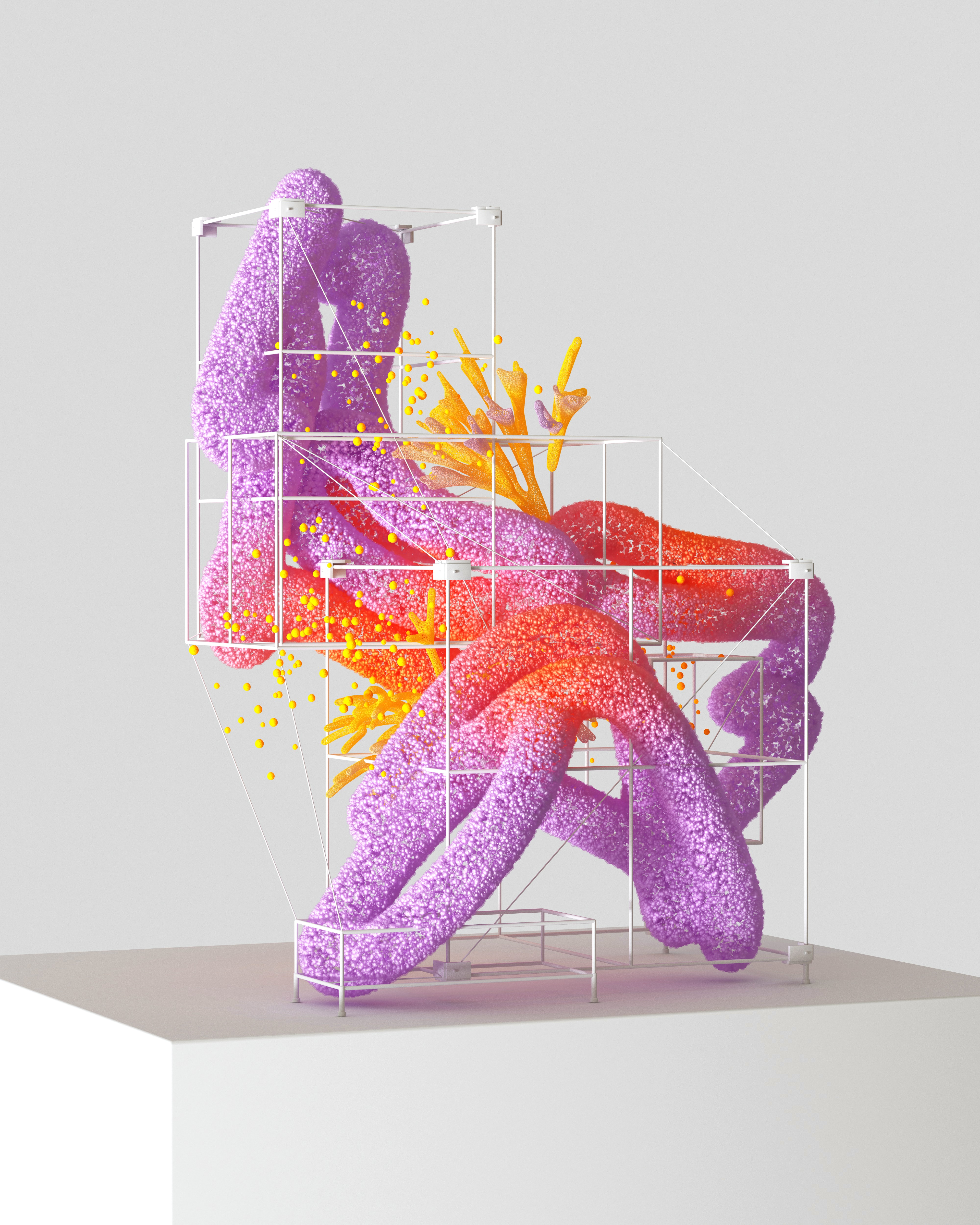The hallmarks of ageing

By Dr Cecilia Gomez-Inclan, AAG's Research and Policy Officer, and Research Assistant at the University of Queensland.
As we get older, we might notice that our memory is not what it used to be, or maybe our bones crack a bit more often, or we get tired a little easier than before. These things are easy to see and feel. But did you know that our bodies are formed by trillions of cells? How does ageing look like in each of them?
This is a question that has been asked for a long time. In 2013, scientists published a paper that, even now in 2023, represents a guideline for all scientists who focus their efforts into understanding the biology of ageing. The Hallmarks of Aging [1], written by Lopez-Otin and colleagues, is a comprehensive review of the scientific research into the underlying biological mechanisms of aging.
The review defines nine hallmarks of ageing, which include genomic instability, telomere attrition, epigenetic alterations, loss of proteostasis, deregulated nutrient sensing, mitochondrial dysfunction, cellular senescence, stem cell exhaustion, and altered intercellular communication. The authors provide an in-depth analysis of each hallmark, explaining the underlying mechanisms and the evidence supporting their role in ageing. Many more research articles have been published since then, each seeking to elucidate aspects of each of the hallmarks.
Each of the hallmarks of ageing are discussed in the review. This blog will focus on cellular senescence.
Cellular senescence is a process where cells stop dividing and start generating inflammation. Senescent cells are important during the whole life of a human. During foetuses' development, senescent cells are important to form fingers. After birth, senescent cells help in the process of wound healing by recruiting the immune system to the damaged areas and by inducing tissue repair. Also, damaged cells that are in risk of becoming cancerous might become senescent, as a protective mechanism.
The characteristic inflammation caused by senescent cells is their way to call the immune system to eliminate themselves. This works quite well, except when there are too many senescent cells. In this case, the immune system is overcome leading to the accumulation of senescent cells. Too much of anything can be harmful, and cellular senescence is no exception.
Nowadays, many scientists are working on compounds called senolytics, drugs that, in theory, target and kill senescent cells. Hopefully, one day we will be able to keep a healthy number of senescent cells during our whole life.
In conclusion, The Hallmarks of Aging review is an important contribution to our understanding of the biological mechanisms of ageing. By describing the key hallmarks and providing an in-depth analysis of each, the authors have provided a valuable resource for scientists and the general public alike.
[1] Lopez-Otin, C. et al. (2013). The Hallmarks of Aging. Cell 153(6): 1194–1217. doi: 10.1016/j.cell.2013.05.039
This blog is also available as a pdf.